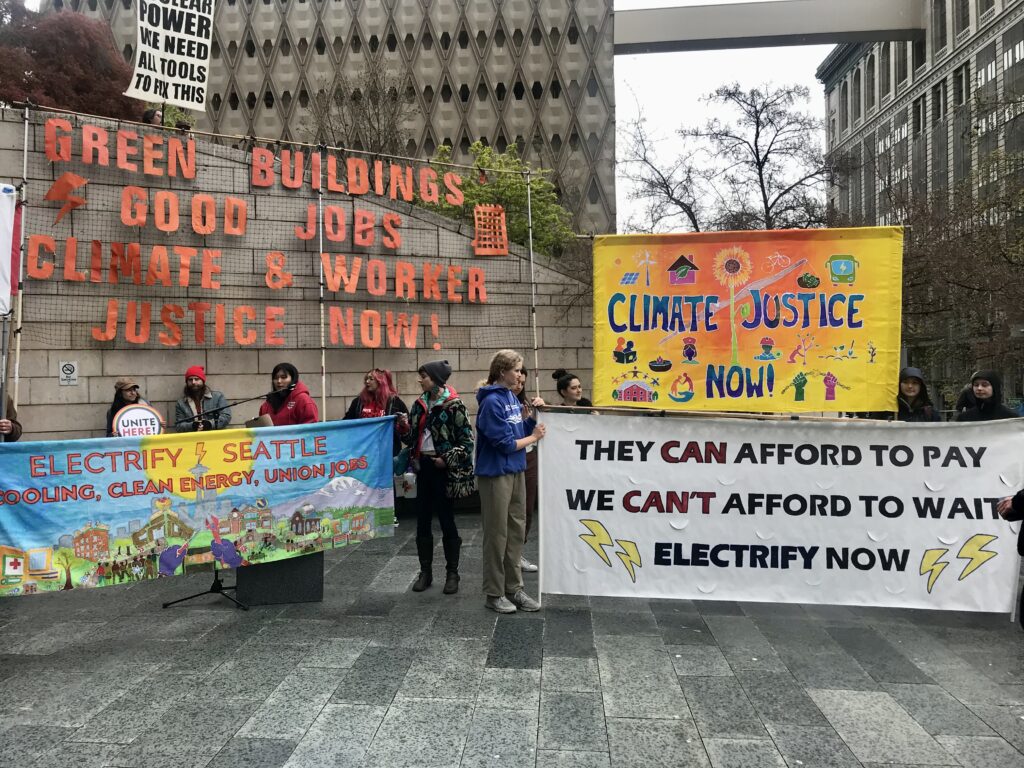As a product marketer, I am always trying to answer the questions, “Who is the customer, and what do they want?” For smart building technology providers, there can be many customers whose needs we aim to meet: the contractors and distributors who actually buy our products, the building owners who ultimately own our products, or the facility managers who are the main users of our products. Other influential personas include, but are not limited to, engineers and architects who incorporate our products into their building designs. All of these people are stakeholders who should be involved in the building smartification process.
But there is someone whose perspective, in my opinion, is not considered thoughtfully enough: building occupants. That’s not to say we ignore them. I have certainly had many conversations about how office workers, school children, hospital personnel, retail shoppers, audience members, etc. benefit from building automation systems, but I find that their needs are always positioned in service to the all-important Decision Maker. The Decision Maker(s) is whoever writes the checks, so our industry conversations (and our marketing) about sustainability is geared toward speaking The Decision Maker’s language – return on investment, energy savings, mitigating risk, regulatory compliance, creating new revenue streams… Thus, we mostly only talk about building occupants’ needs as they pertain to The Decision Maker’s needs; their utility is to show The Decision Maker how pleasing the occupants can help them achieve their revenue goals. For example, “if you invest in indoor air quality and decarbonization measures in your commercial building, tenants will want to occupy your space, and you can therefore charge higher rents or a higher price when you sell the asset.” They are a means to an end.
But how often are we actually engaging with the building occupants for the sake of serving them and treating them like our primary partner and our most important stakeholder? I am not asking how often we are talking to the person responsible for choosing which space to rent on behalf of a company, but rather, how often are we talking to all the individual people who spend their day sitting in our office buildings, working the lines in our factories, tending to patients in our hospitals, and cleaning the rooms in our hotels? How often are we walking alongside the people who will be materially affected by the decision to invest in, for example, indoor air quality solutions? How often are we aiding them as they demand improved health, safety, and sustainability from their employers and the establishments they patronize?
Ultimately, “building occupant” is a cold, dehumanizing word to describe everyday people. Building occupants are not only the people who inhabit the built environment, but also the people who create all the value for the companies we sell our smart building products and services to, and people have the capcity to be agents of change. In 2019, 8,702 Amazon workers signed an open letter to Jeff Bezos that demanded Amazon create a company-wide plan for how to reach emissions goals consistent with science and the IPCC report (emphasis on plan, not just empty targets). This was the beginning of the Amazon Employees for Climate Justice, which is effectively a union of workers who use their collective power to demand action on decarbonization from their employer through walk-outs, protests, petitions, speaking at investor meetings, and informing the public of the company’s hipocrisy and greenwashing.
When I first heard this story, I was impressed by the workers’ courage. I think those of us who are accustomed to corporate hierarchy, especially in the US, do not dare to criticize our organizations even when we believe it to be the right thing to do. It was a wake-up call to me that smart building professionals – or any of us who consider ourselves to be in the business of sustainability – shouldn’t just be courting the handful of decision makers who, frankly, are dragging their feet when it comes to climate action. While regular people like the Amazon employees may not possess the material power, we shouldn’t discount their ability to impact decision-making. By speaking up and publicly criticizing the company, the Amazonians have been able to put pressure on management and investors to take responsibility for the impact of their operations on the plant. (Honestly, when you step back a bit, it is bizarre that financial return on investment is the primary driver for whether or not a decarbonization project gets funded. To me, the importance of ROI pales in comparison to securing a livable future for generations to come, but hey, maybe I’m a radical.)
So, my call to action today: get outside of our insular world of buildings & facilities management and find an opportunity to exchange ideas with people you don’t normally talk to. For example, in my personal time, I volunteer with 350 Seattle, a climate activist group that is campaigning for policy to electrify commercial buildings in Seattle. The niche I have found for myself in this organization is sharing my knowledge of the building industry and building automation technologies, which helps the members of my community understand what is technically possible and what a roadmap to decarbonization can realistically look like for the city. In turn, by listening to others’ stories, I find myself astounded by the variety of backgrounds held by the people who are demanding building electrification – nurses, students, teachers, artists, farm workers, hotel cleaners. There are so many people who want to inhabit sustainable, healthy buildings, and I have realized, and I hope you will too, that our greatest champions for forwarding the electrification and digitalization of society might not be the people who hold the purse strings but may in fact be regular people who want a better world.
This article was originally published to The Energy Girl.



